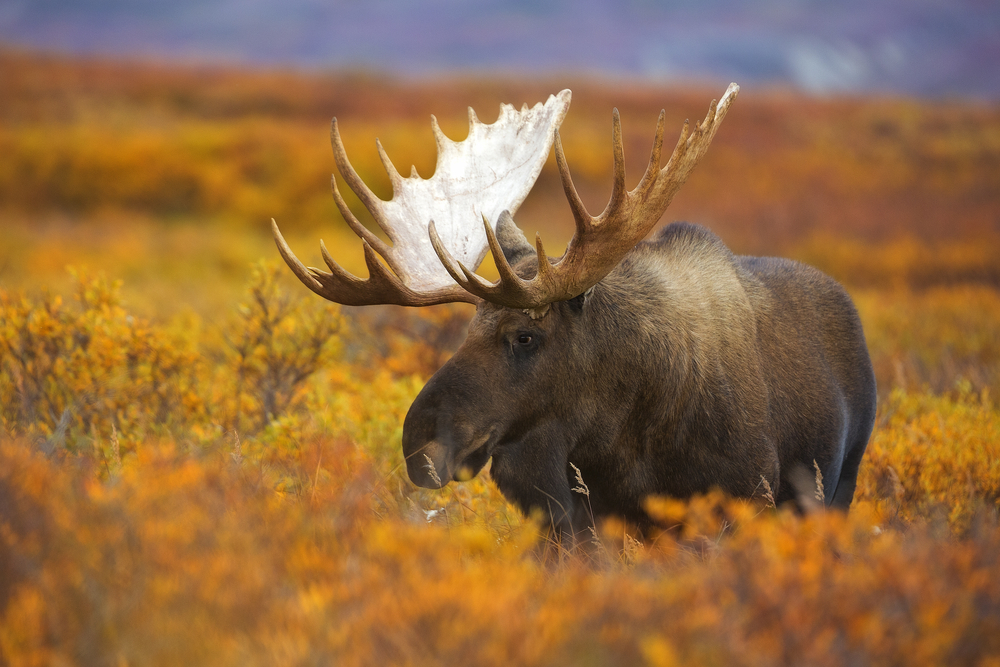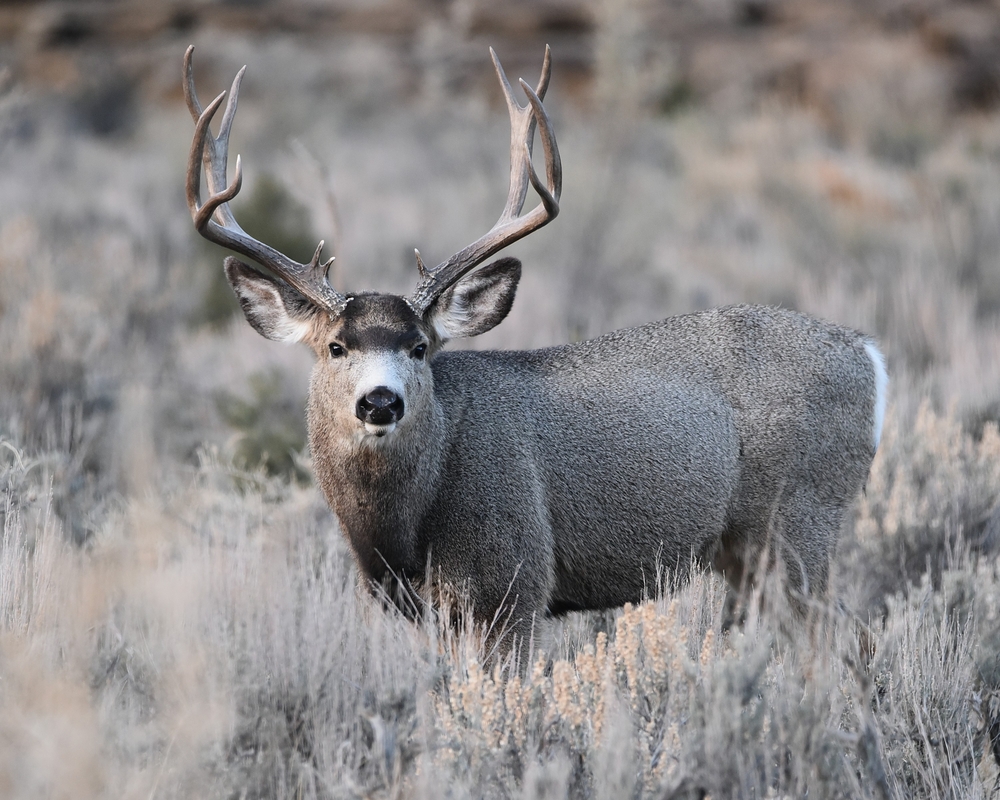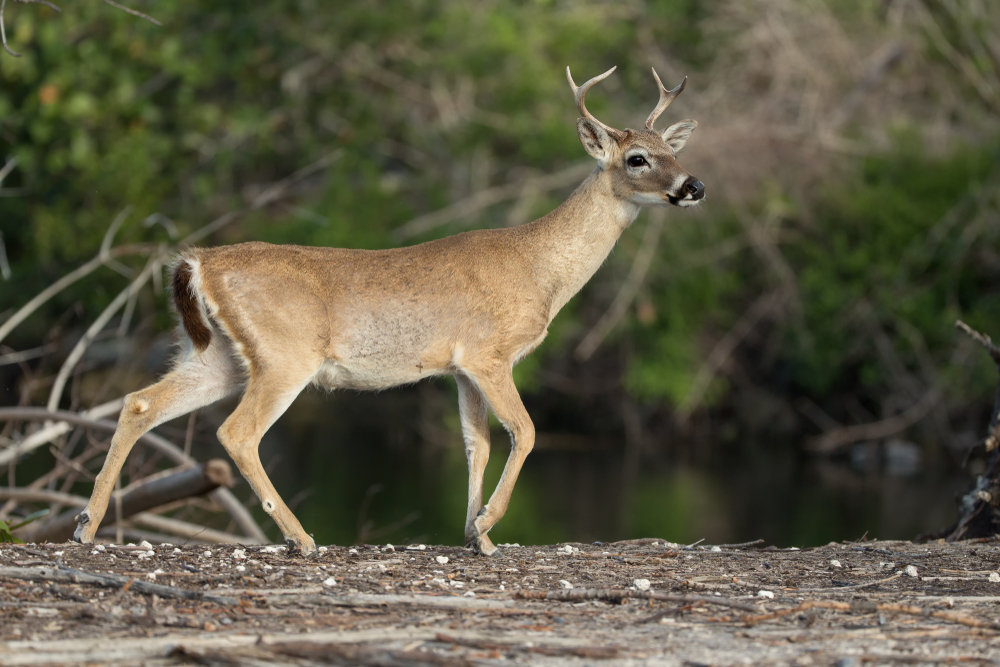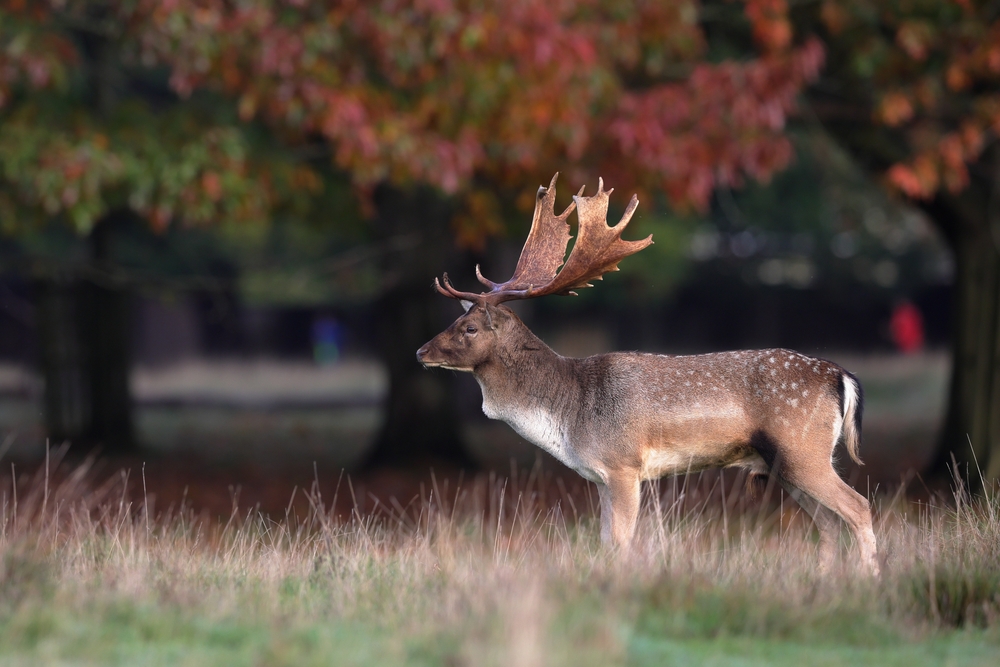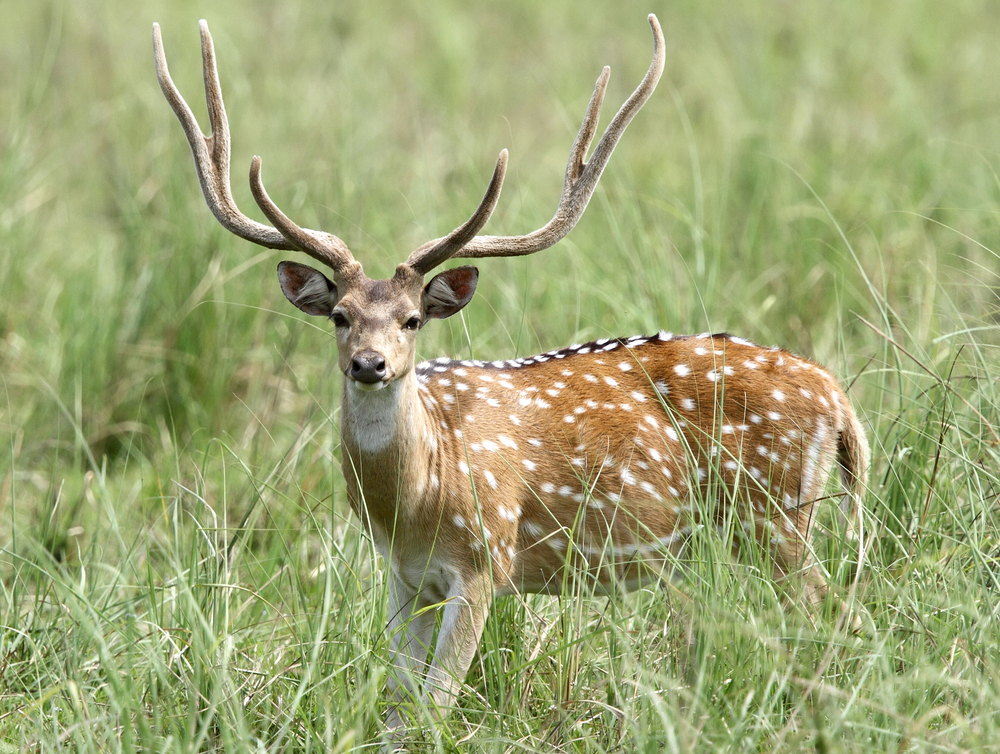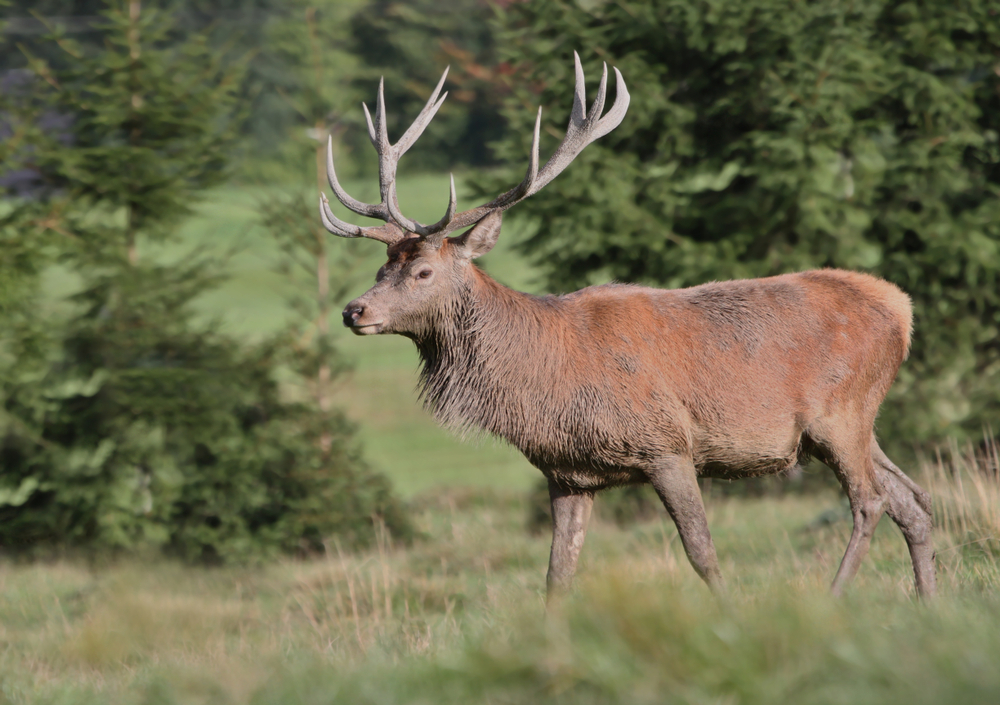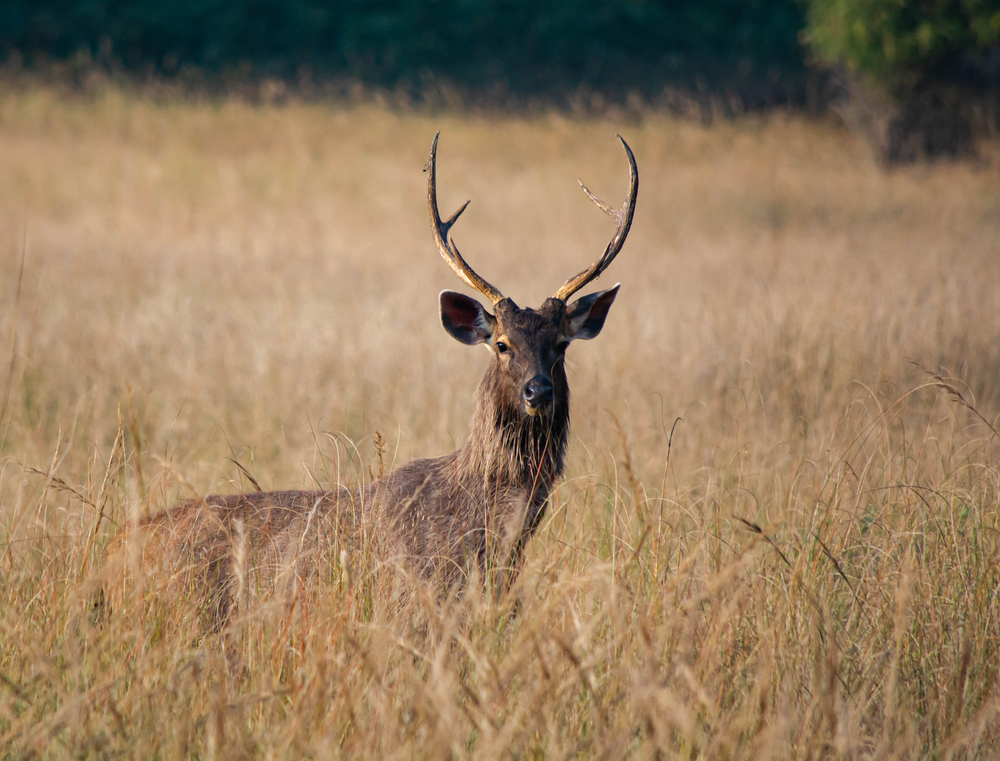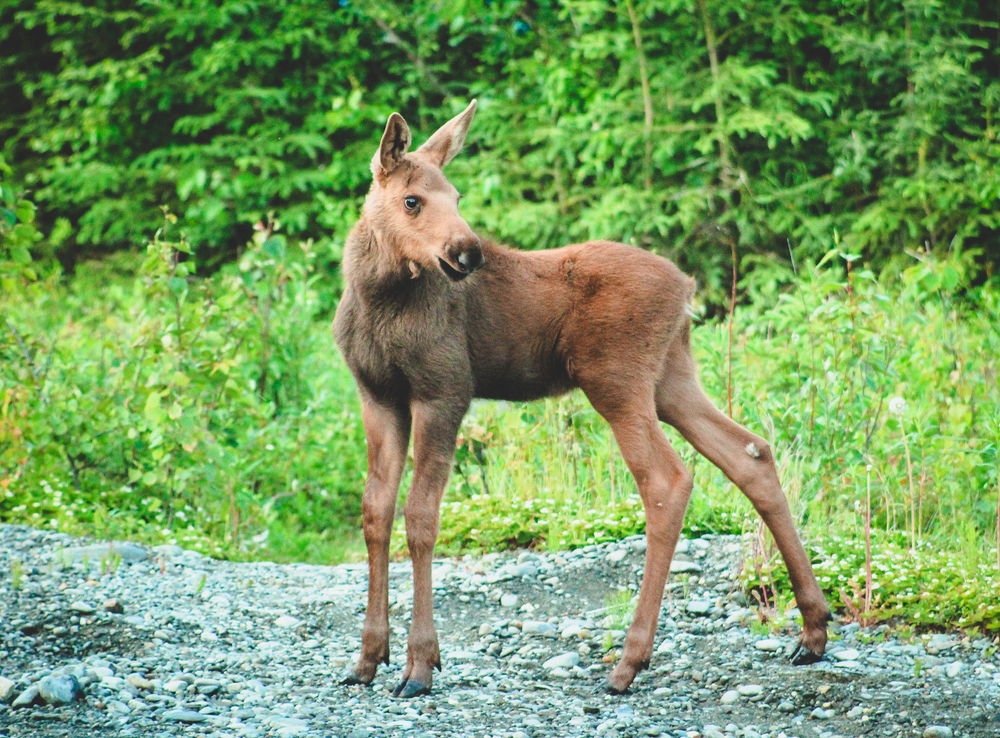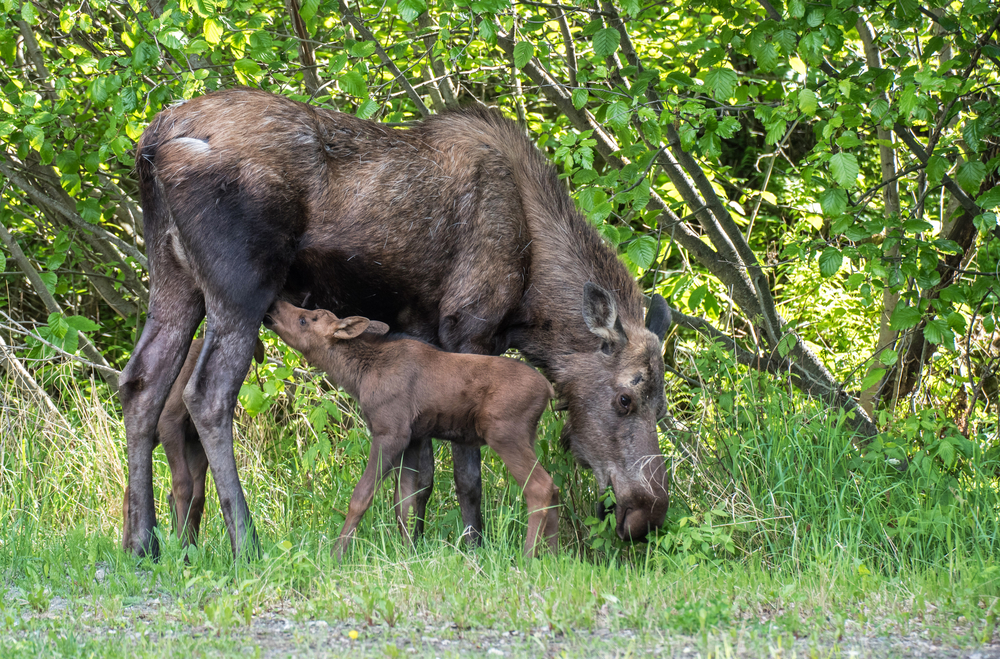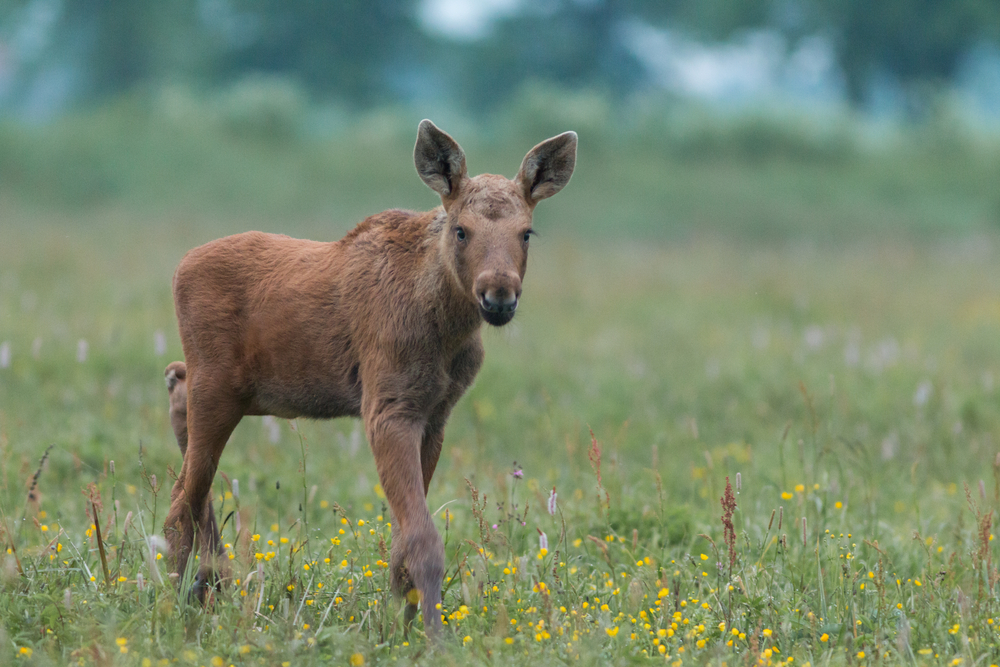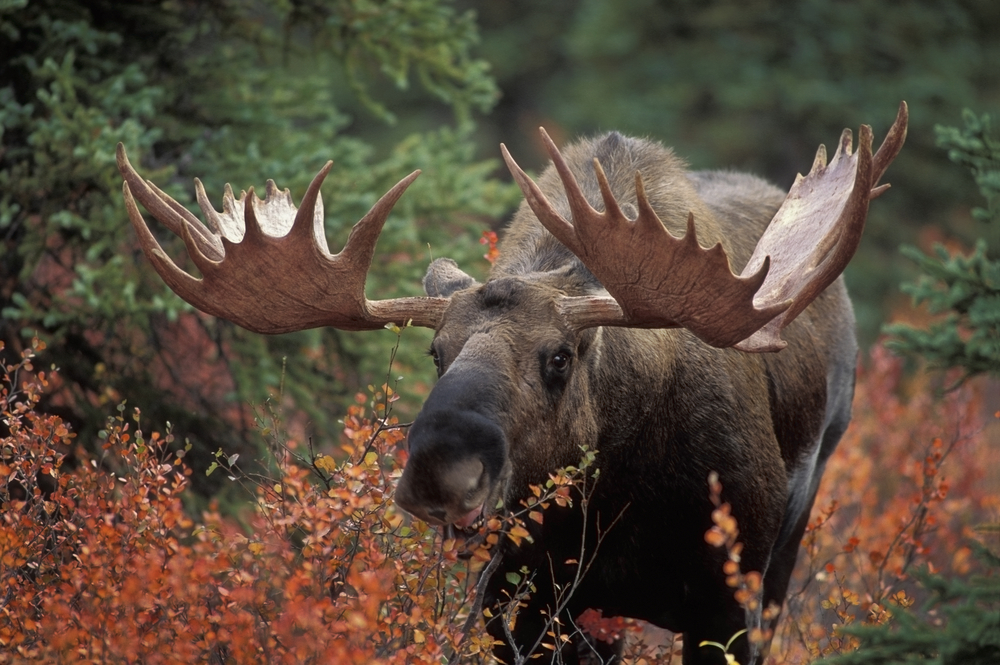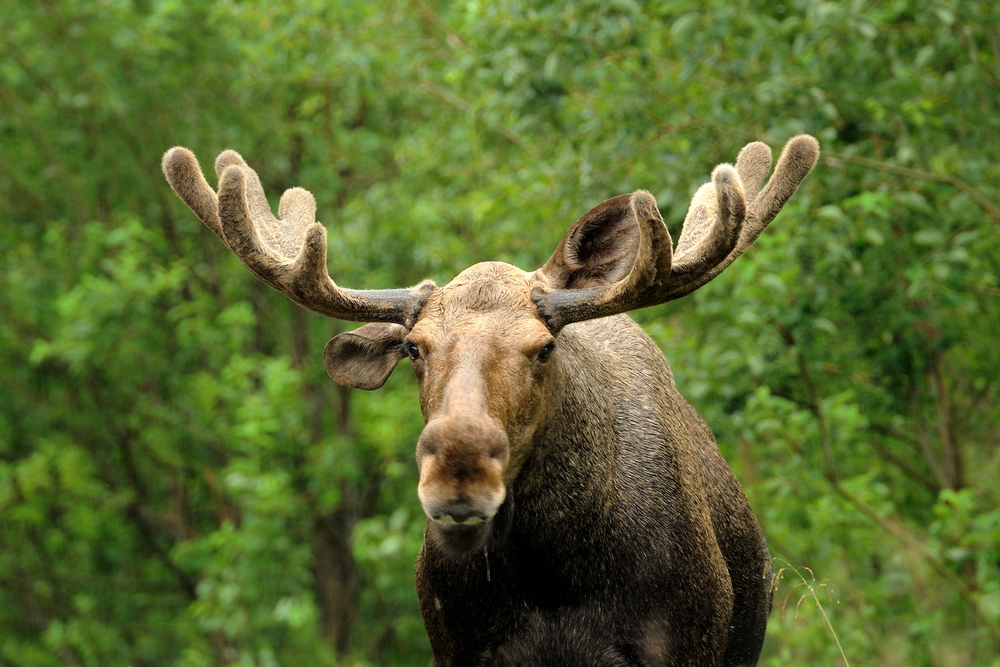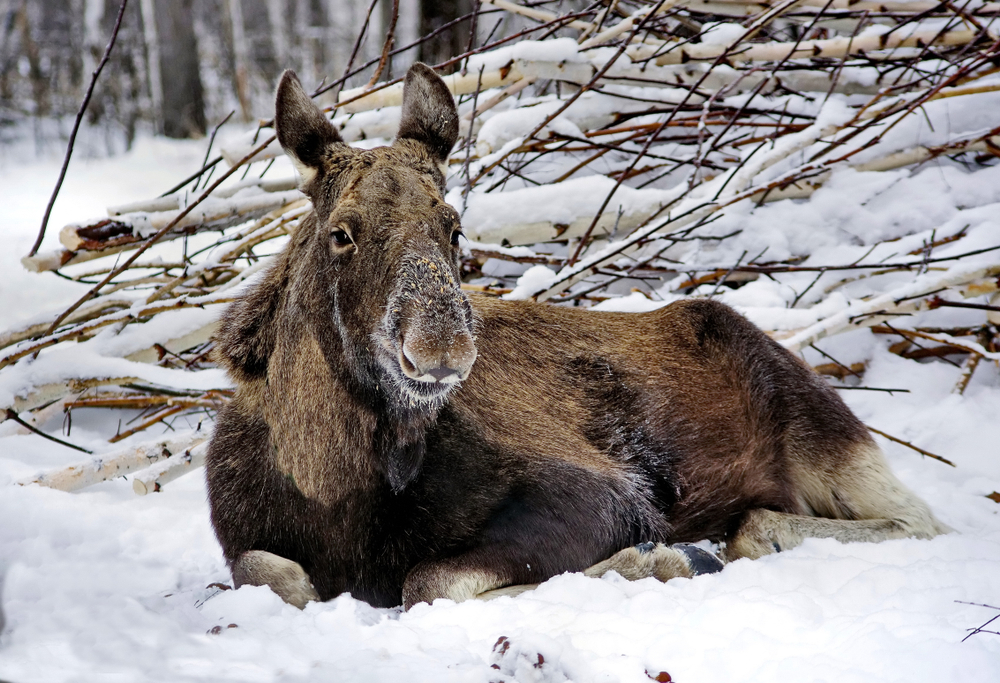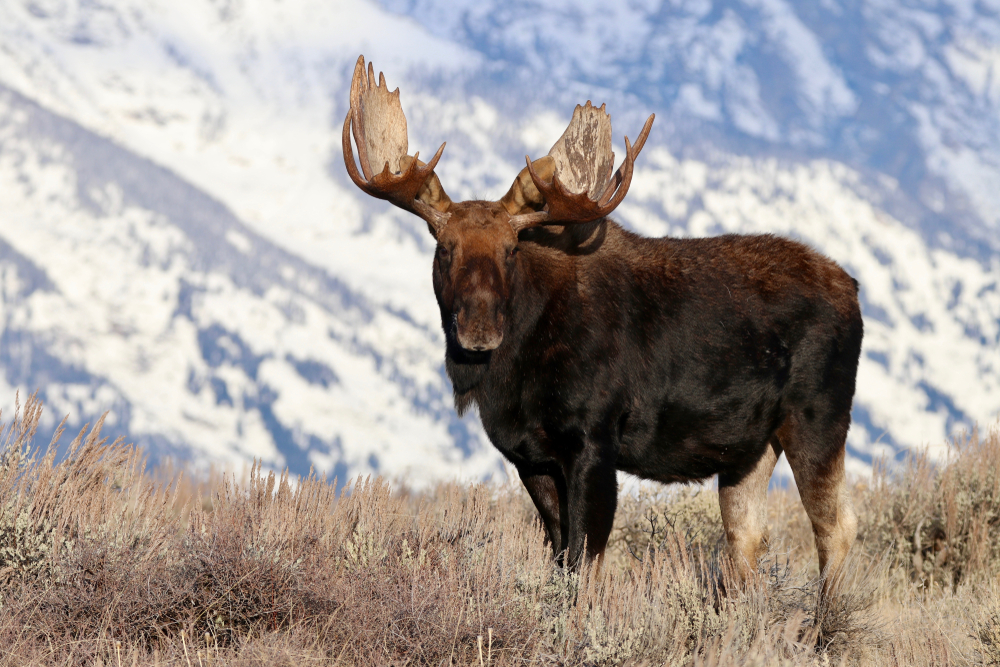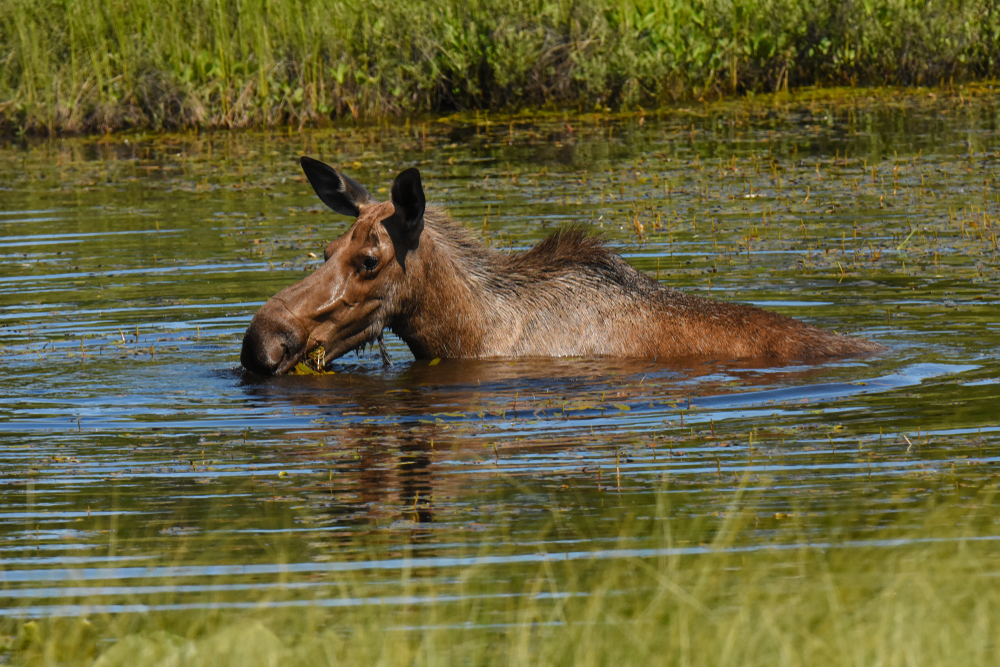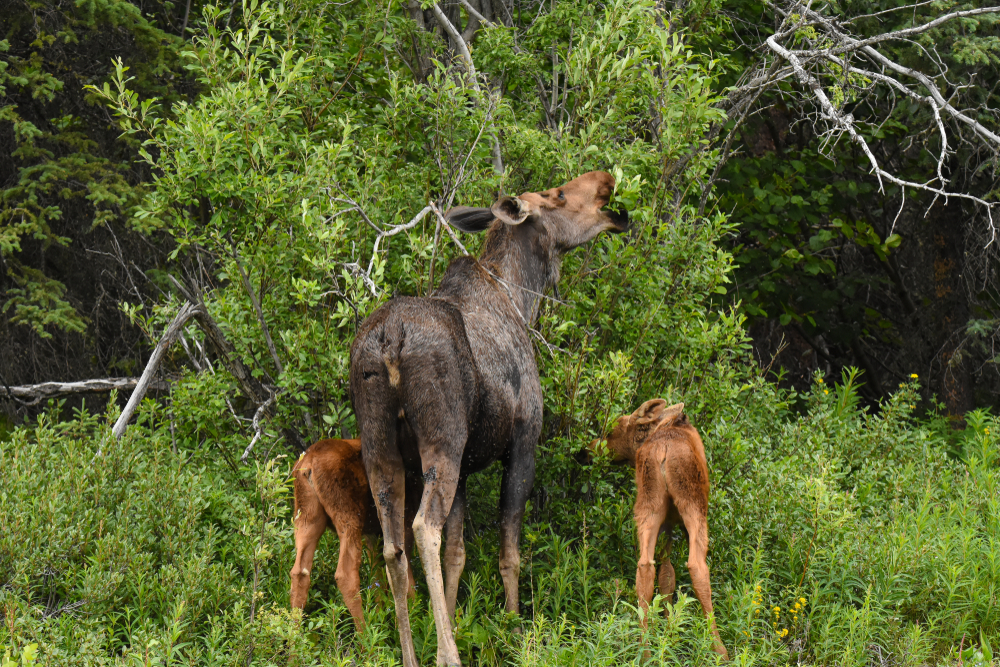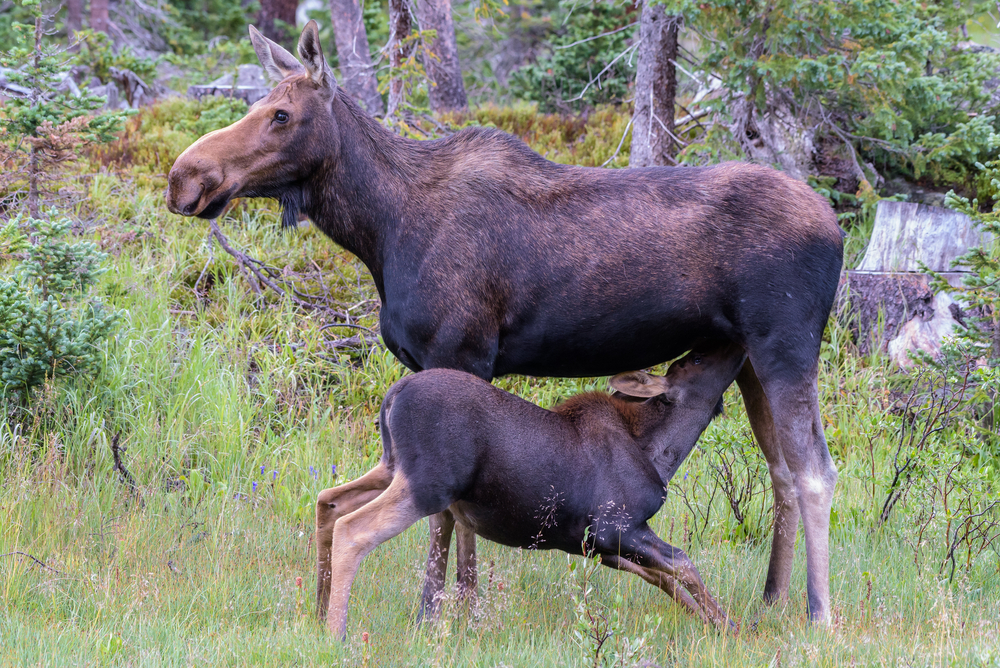Moose, being the largest member of the deer family, have several distinct characteristics that set them apart from other deer species:
- Size: Moose are the largest of all deer species. An adult moose can stand over 6 feet tall at the shoulder, making them significantly larger than other deer.
- Antlers: Male moose, or bulls, grow large, broad, palmate (shaped like an open hand) antlers, which are unique among deer. Most other deer species have branched, cylindrical antlers.
- Nose Structure: Moose have a distinctive, long, and bulbous nose with large nostrils. This feature is different from the more streamlined noses of other deer species. The moose’s nose structure aids in warming cold air before it enters the lungs and in filtering out water while feeding underwater.
- Diet: While all deer are herbivores, moose have a diet that heavily favors browsing over grazing. They primarily feed on leaves, twigs, and bark of trees and shrubs, especially in winter. This differs from many other deer species that may have a more grass-based diet.
- Habitat: Moose are adapted to colder climates and are commonly found in northern forests across North America and Eurasia. Their thick fur and long legs help them navigate deep snow, a contrast to other deer species that inhabit a variety of ecosystems from tropical to temperate.
- Swimming Ability: Moose are excellent swimmers, capable of traversing large bodies of water. This ability is not as pronounced in most other deer species.
- Solitary Nature: Unlike many deer species that form herds, moose are generally solitary animals, except for cows with calves or during mating season.
- Aggression: Moose are known to be more aggressive and less fearful of humans compared to other deer species, particularly during the rutting season or when cows are protecting their calves.
- Lifespan: In the wild, moose typically live around 15-20 years, which is comparable to other large deer species but can vary depending on environmental conditions and predation.
These differences illustrate the moose’s unique adaptations to their specific environmental niches, particularly in colder, forested regions of the Northern Hemisphere.





































































